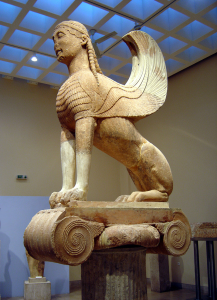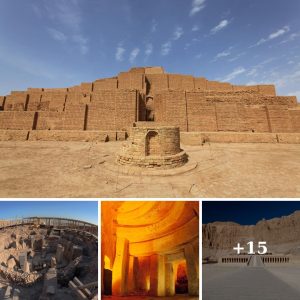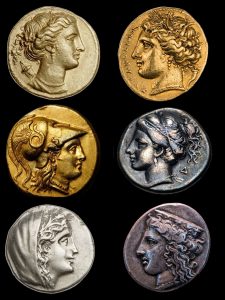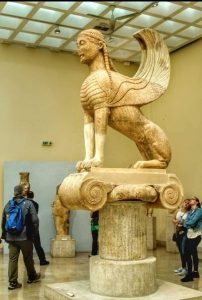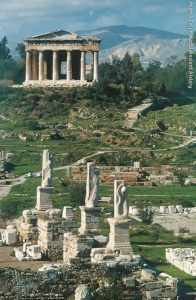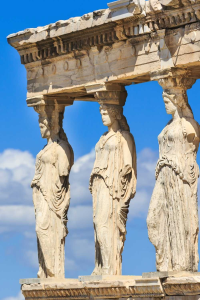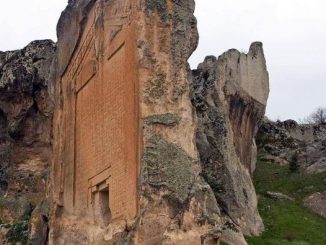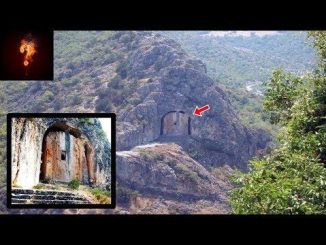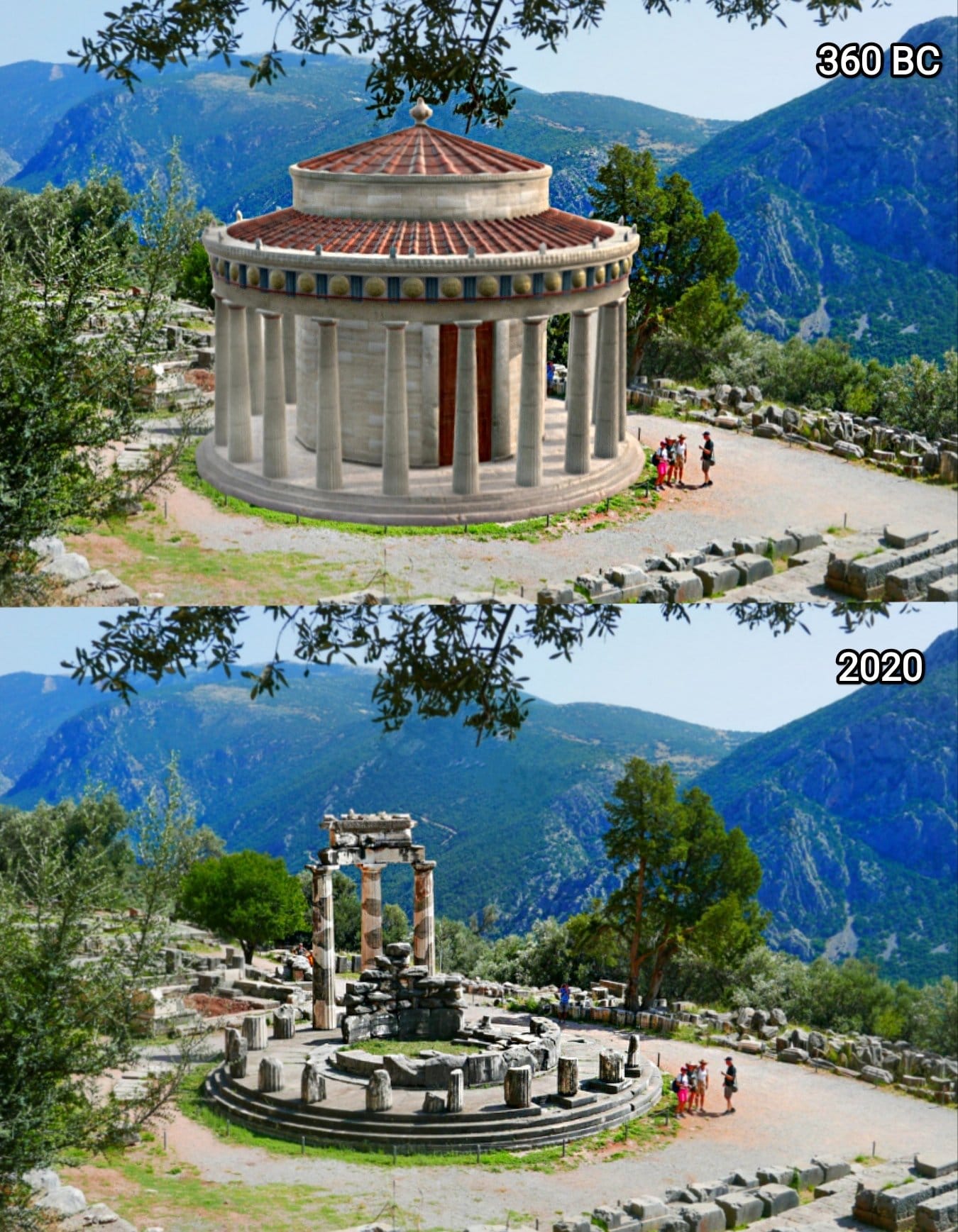
Nestled amidst the picturesque landscape of the Sanctuary of Athena Pronaia in Delphi, Greece, lies the enigmatic structure known as the Tholos. This magnificent circular building, with its distinctive architectural design and sacred significance, has long intrigued archaeologists, historians, and visitors alike. In this blog post, we embark on a journey to unravel the secrets of the Tholos and uncover its role in the religious and cultural landscape of ancient Delphi.
Body: The Significance of the Tholos
- Architectural Marvel: The Tholos is a masterpiece of ancient Greek architecture, characterized by its circular layout and elegant Doric columns. Built in the 4th century BCE, the structure features twenty Doric columns arranged in a circular pattern, surrounding a central chamber or cella. The exterior of the Tholos showcases intricate stonework and meticulous craftsmanship, reflecting the skill and ingenuity of its ancient builders. Its harmonious proportions and graceful symmetry exemplify the architectural ideals of classical Greece, making it a quintessential example of Greek temple architecture.
- Religious Function: As part of the Sanctuary of Athena Pronaia, the Tholos played a significant role in religious rituals and ceremonies dedicated to the goddess Athena. It is believed that the structure served as a place of worship and veneration, where devotees could offer prayers and sacrifices to the goddess and seek her guidance and protection. The circular design of the Tholos may have symbolized the cyclical nature of life and the eternal presence of the divine, fostering a sense of spiritual connection and reverence among worshippers.
- Cultural and Historical Context: The Tholos at Delphi is situated within the broader context of the ancient Greek world, a time of great cultural and intellectual flourishing. Delphi itself was revered as the center of the ancient world, renowned for its Oracle of Apollo and its significance as a religious and cultural hub. The Tholos, with its imposing presence and sacred aura, was an integral part of this vibrant religious landscape, attracting pilgrims and visitors from far and wide who sought guidance, wisdom, and divine intervention.
- Archaeological Insights: Excavations and archaeological studies of the Tholos have yielded valuable insights into ancient Greek religion, architecture, and society. Through careful analysis of its construction techniques, architectural features, and archaeological finds, researchers have pieced together the story of the Tholos and its significance within the Sanctuary of Athena Pronaia. Ongoing research continues to shed light on the purpose and function of the Tholos, deepening our understanding of ancient Greek religious practices and cultural traditions.
Conclusion: Preserving a Cultural Legacy
In conclusion, the Tholos at Delphi stands as a testament to the ingenuity, spirituality, and artistic achievement of ancient Greece. Its majestic presence and sacred symbolism evoke a sense of awe and wonder, inviting us to contemplate the mysteries of the past and the enduring legacy of classical civilization. As we marvel at its architectural beauty and ponder its religious significance, we are reminded of the timeless allure of ancient ruins and the importance of preserving our cultural heritage for future generations. Through continued archaeological research and conservation efforts, we can ensure that treasures like the Tholos at Delphi continue to inspire and captivate us, preserving the legacy of ancient Greece for centuries to come.
